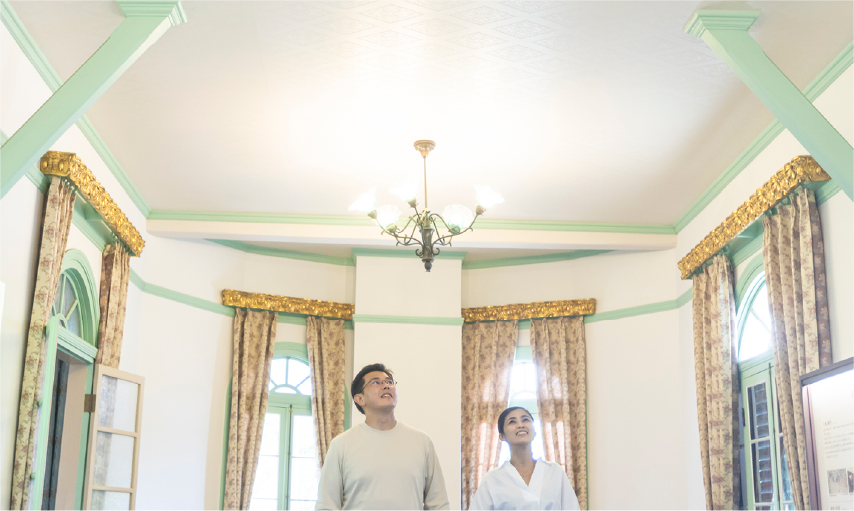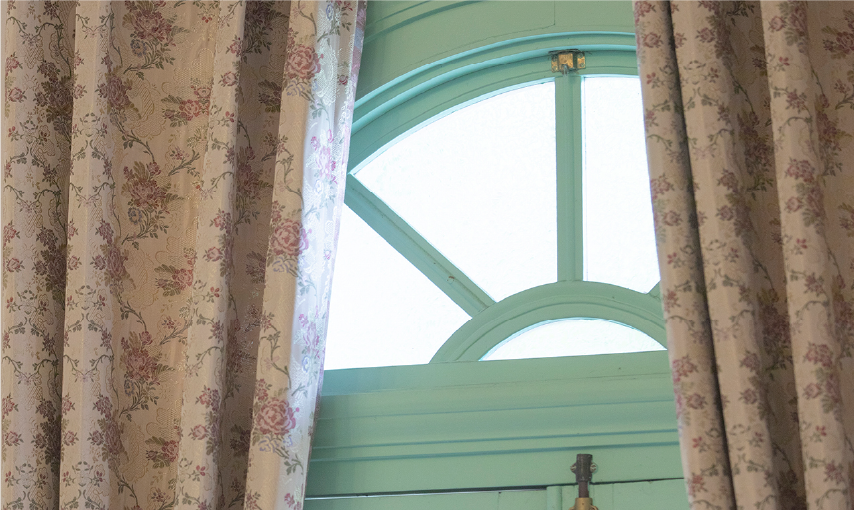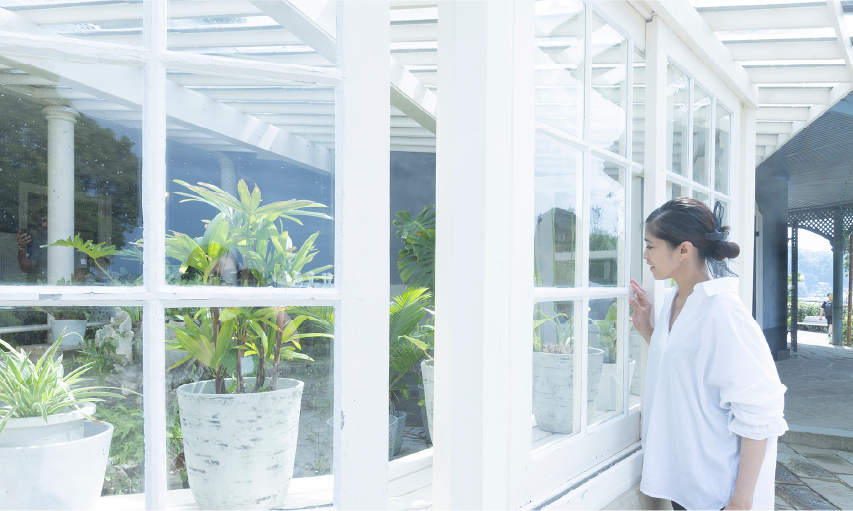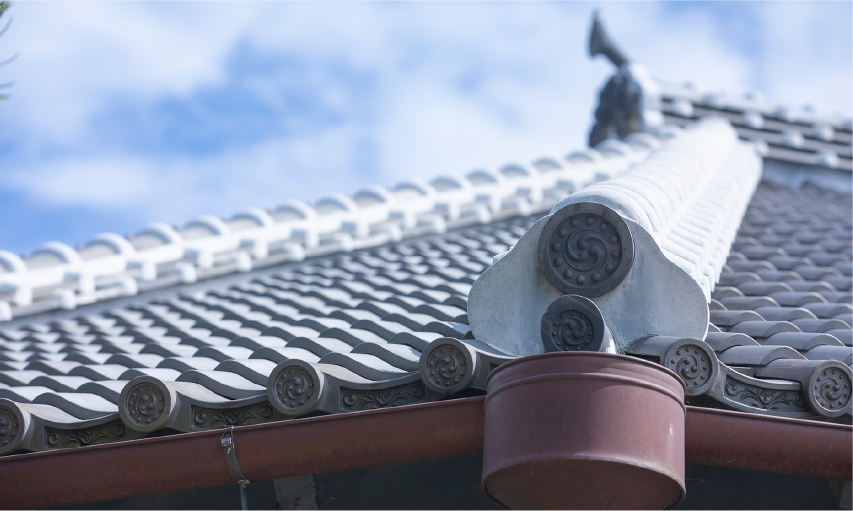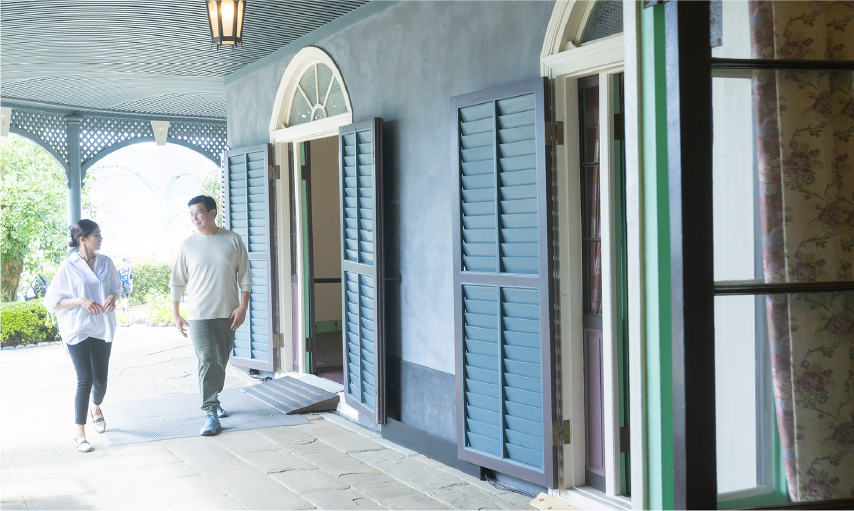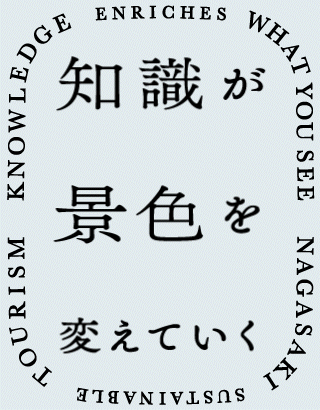



An ambitious merchant set foot
into the port town.
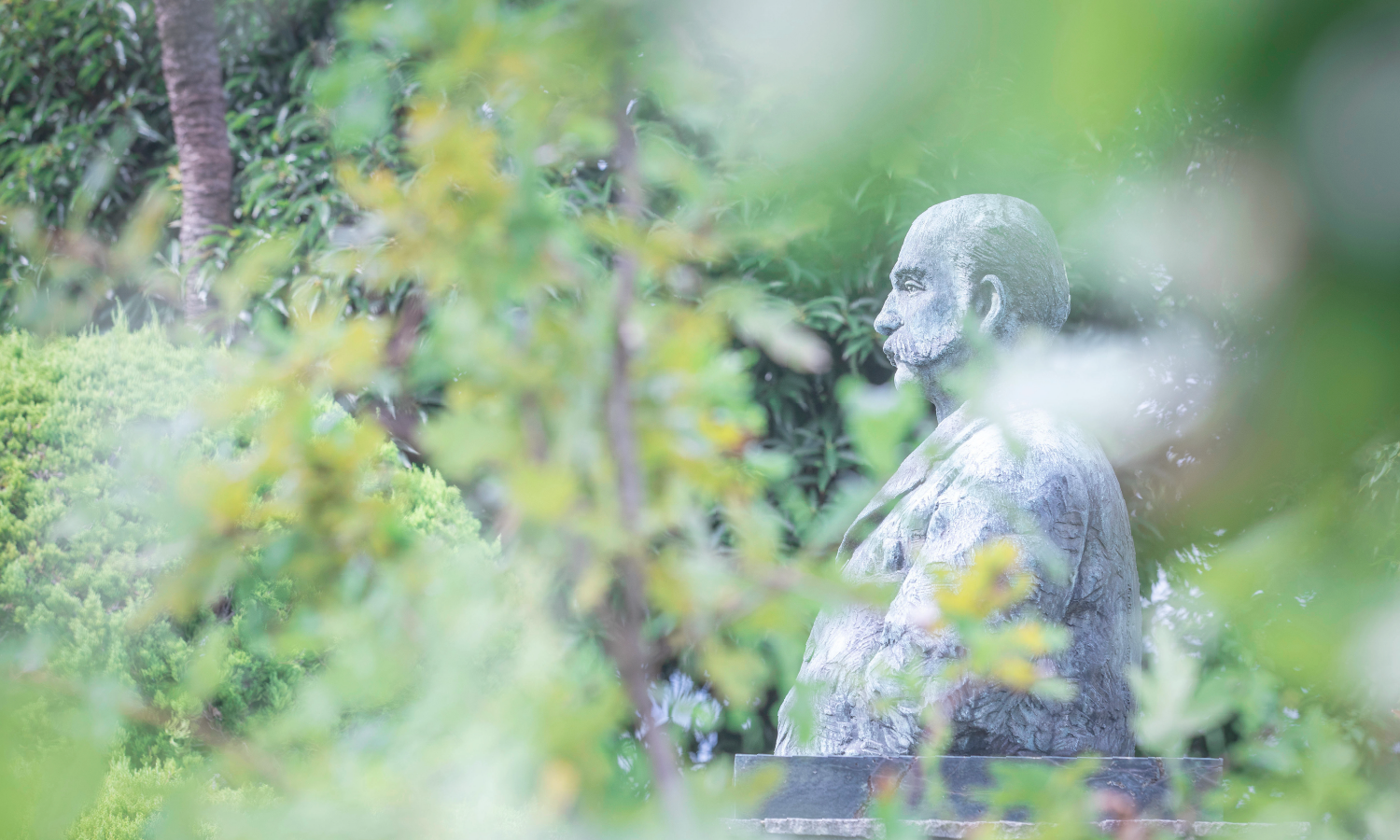
Glover also played a key role in the establishment of the Japan Brewery Company, which later became the predecessor of Japan’s iconic Kirin Beer.
Situated in Minamiyamate,
an area originally developed as a foreign settlement,
this residence is perched on a hill
overlooking Nagasaki Port.
Exploring the life of Thomas B. Glover,
the businessman who once lived here,
offers valuable insight into the pivotal historical events
that shaped Nagasaki’s development.
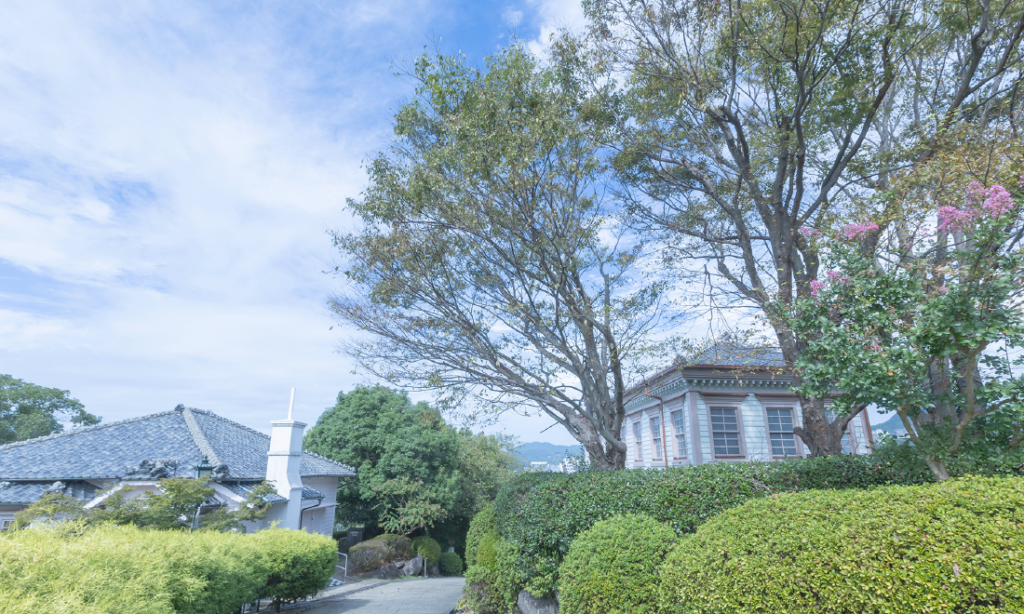
At the Glover Garden, there are buildings that evoke the atmosphere of the foreign settlement from that era.
In 1859, Thomas B. Glover, a Scottish merchant, arrived in Nagasaki. The introduction of Western technology by the young Glover paved the way for Japan’s subsequent modernisation.
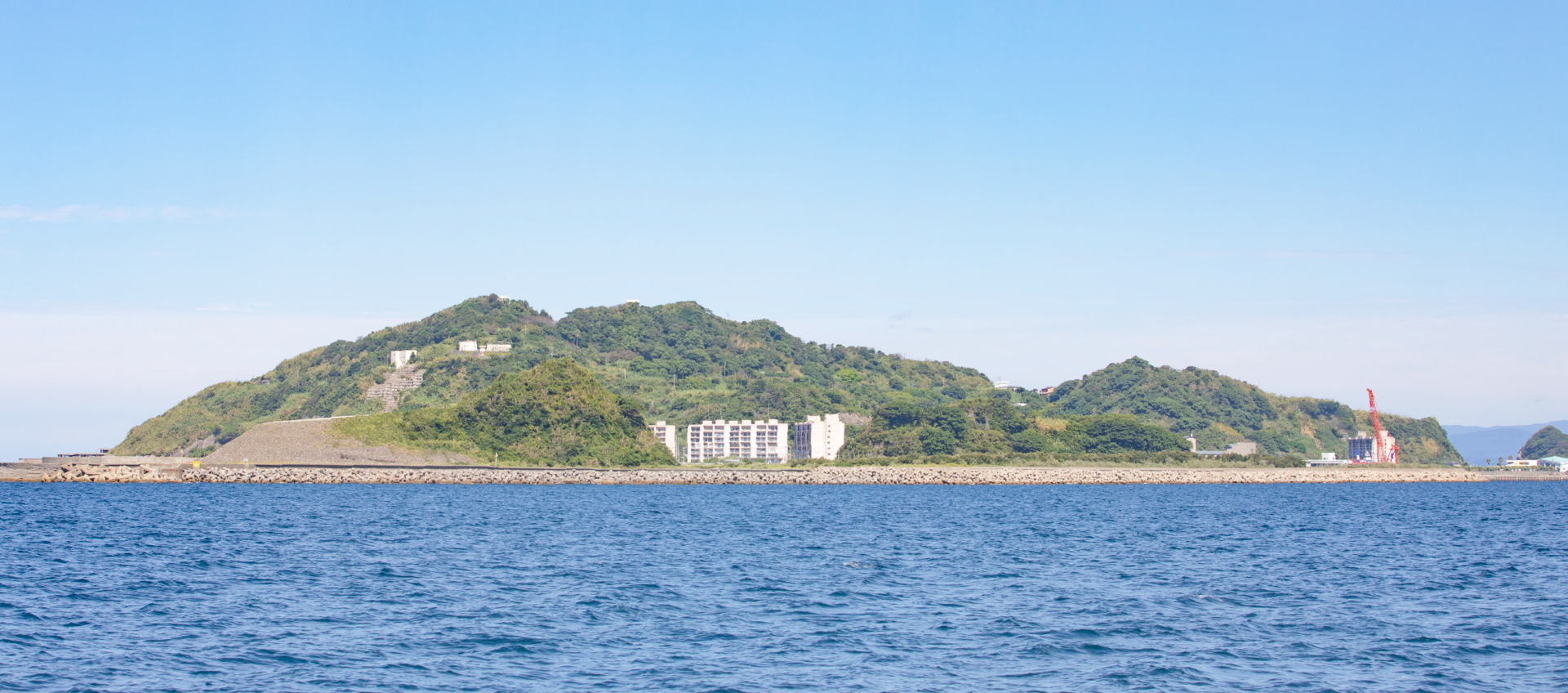 Japan’s first Western-style coal mining using steam engines.” class=”a-fadein”>
Japan’s first Western-style coal mining using steam engines.” class=”a-fadein”>
Takashima was the site where Thomas Glover introduced
Japan’s first Western-style coal mining using steam engines.
The former Glover Residence, built in 1863, is the oldest surviving Western-style wooden building in Japan. Glover, who built his fortune by exporting Japanese tea and raw silk while importing advanced Western weapons and technology, constructed his home on the most scenic hill overlooking Nagasaki Port after the foreign settlement was established. This was during a period of great upheaval in Japan, as foreign ships began arriving and ports such as Nagasaki were opened, marking the end of over 200 years of isolation.
In Japan, where wooden buildings are prevalent, many have been lost to fires and wartime destruction. By preserving the remaining historic wooden structures that survived the atomic bombing and other wartime devastation, we ensure that the foundations of Nagasaki’s development are passed down to future generations.
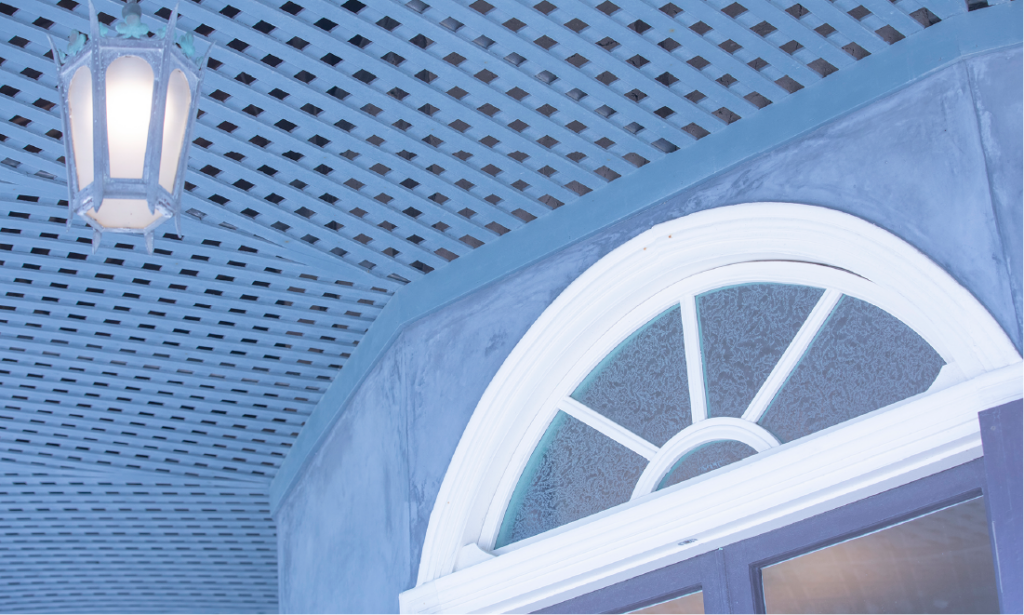
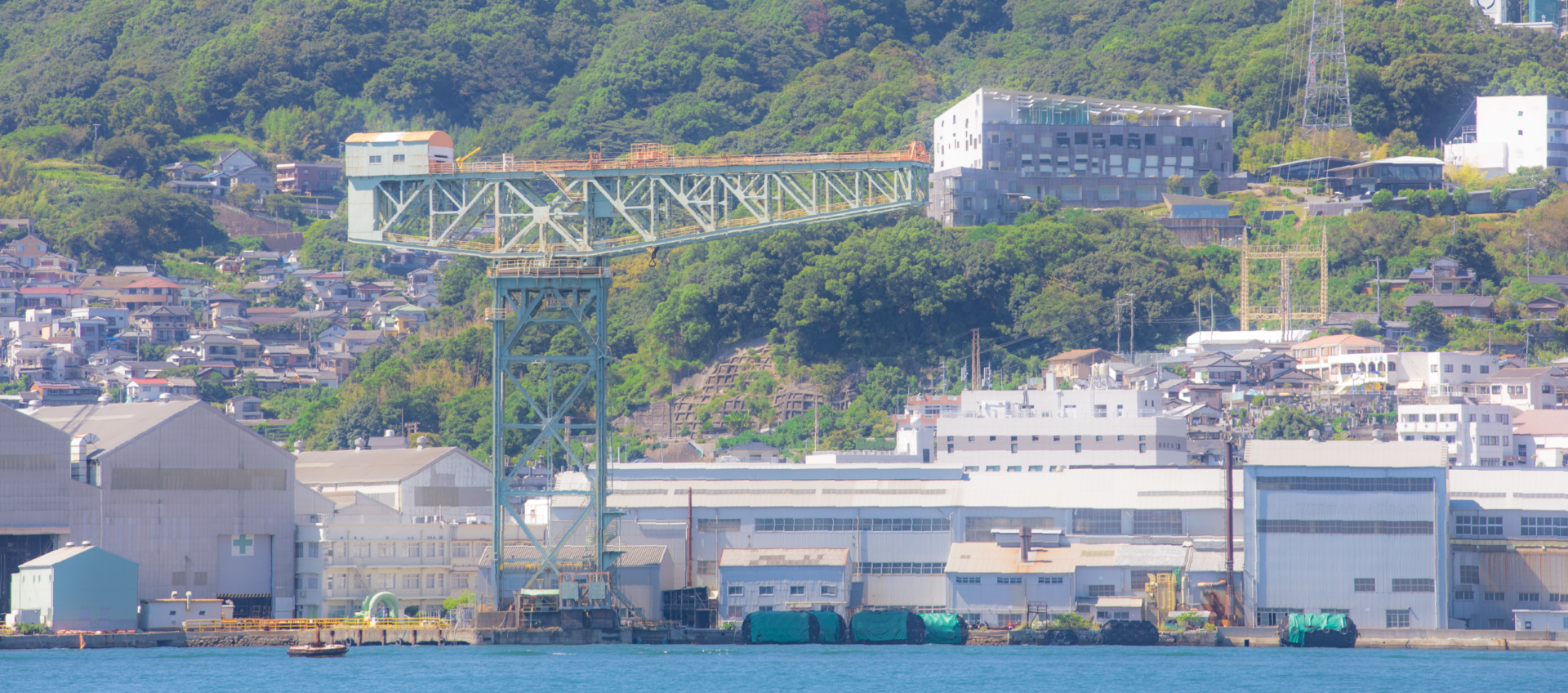 which symbolises Japan’s shipbuilding industry,
which symbolises Japan’s shipbuilding industry,The giant cantilever crane,
which symbolises Japan’s shipbuilding industry,
was also introduced from Scotland.
Shifting from the belief that ‘foreigners are enemies seeking to dominate Japan’, the Satsuma and Choshu clans formed a secret alliance and, through Glover’s trading company, purchased weapons and other supplies, which played a key role in overthrowing the Tokugawa shogunate. This led to the successful Meiji Restoration, and in 1868, a new Japanese government was established.
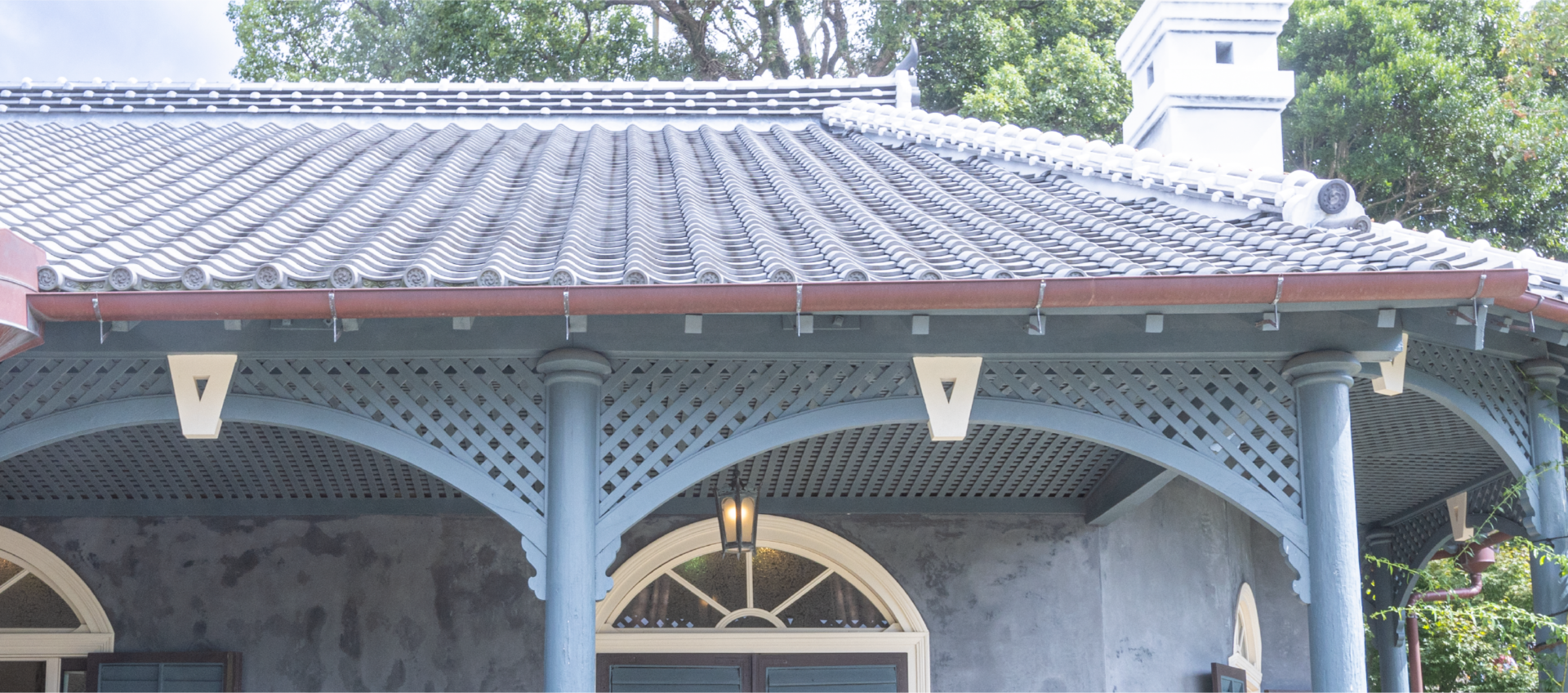
Buildings with Western-style architecture must have been met with astonishment in Japan at the time. The exterior is coated with plaster, while the roof is made of traditional Japanese tiles.
The new government promoted the policy of fukoku kyohei (rich country, strong military) and the advancement of Westernisation. Coal played a crucial role as an essential energy source for industrial development, including iron production and steam engines. Glover was quick to recognise the potential of coal mining and introduced Japan’s first steam-powered mining methods at Takashima Mine. In Nagasaki, the mining operations expanded to neighbouring Hashima (Battleship Island) and other areas, becoming a key energy source in Japan for nearly 100 years.
Glover was also the first to introduce railways in Japan and played a key role in the construction of Takashima Mine and the ship repair docks. His residence, the former Glover House, is now registered as an Important Cultural Property and is the oldest existing Western-style wooden building in Japan. The house is referred to as a Western-style building because it was designed by Glover himself, although it was constructed by Japanese craftsmen. Upon closer inspection, the exterior features plastered walls and a tiled roof, giving it a distinct Japanese character. While the Japanese may view it as a Western-style house, foreigners often remark, ‘This is a Japanese-style home’. It is a World Heritage site that symbolises the unique blend of Western, Asian, and Japanese influences characteristic of Nagasaki.
The veranda surrounding the house is designed in a style also seen in East Asia. The column decorations of the veranda are in the British style, while the door windows are in the French style.
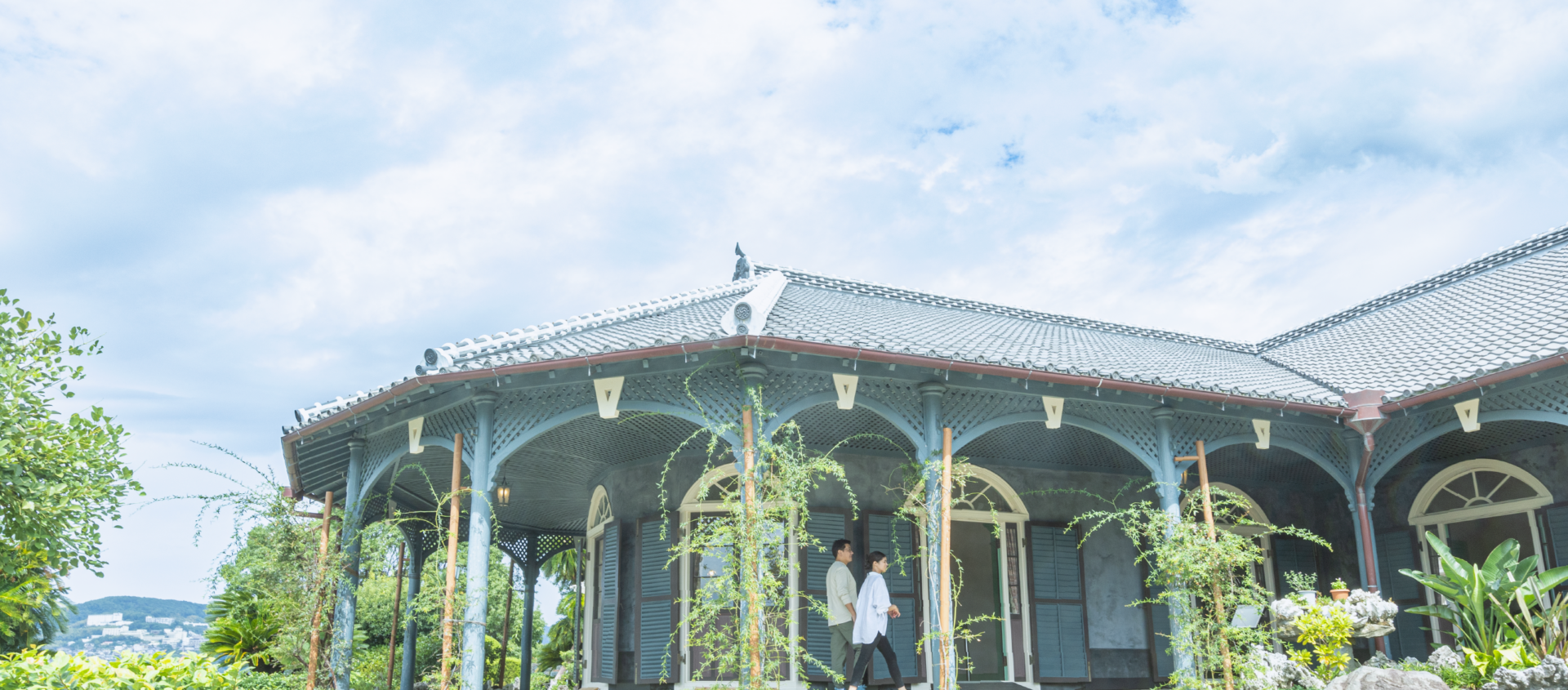

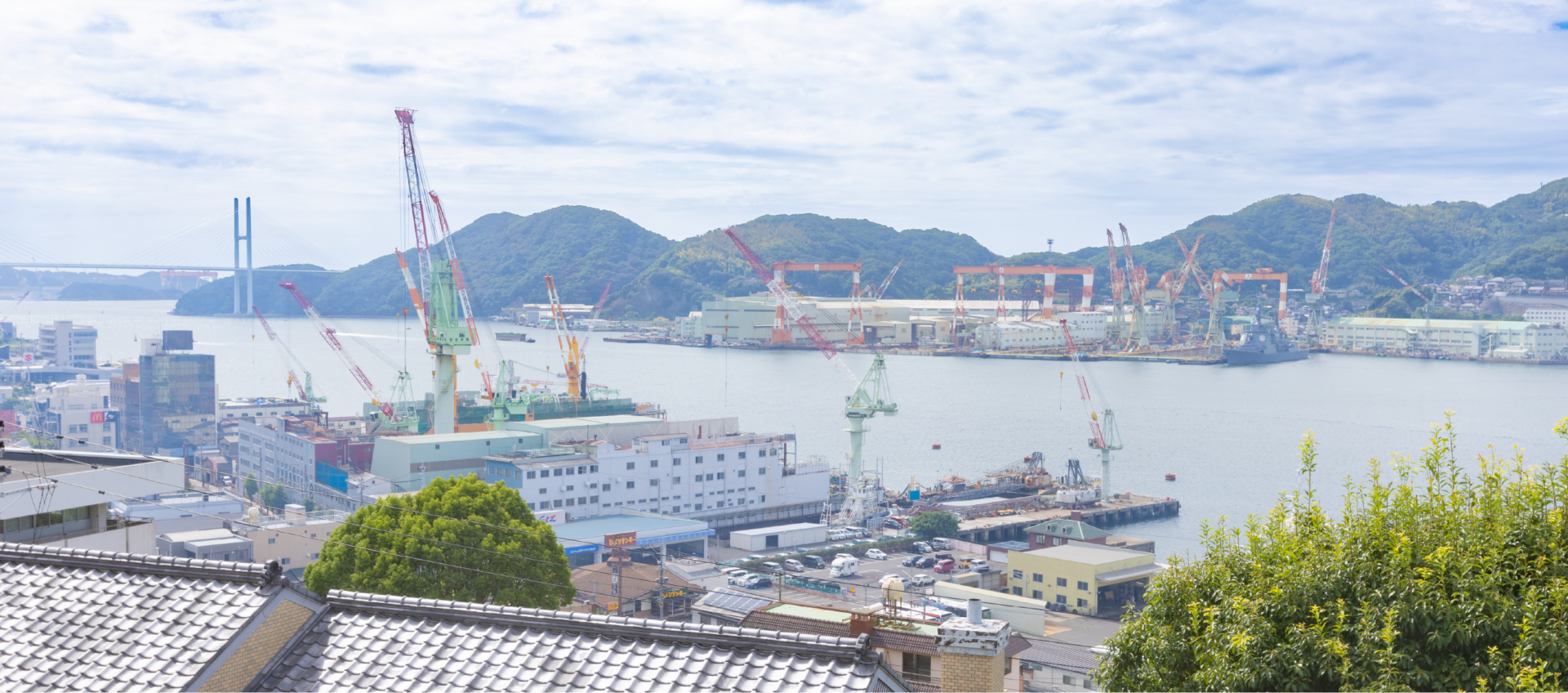
Glover Garden
Address: 8-1 Minamiyamate-machi, Nagasaki
Opening Hours: 8:00 a.m. to 6:00 p.m.
(Note: Nighttime opening may be implemented during Golden Week, summer, and events.
Please check the official website for details.)
Parking: None (Please use nearby parking facilities.)

